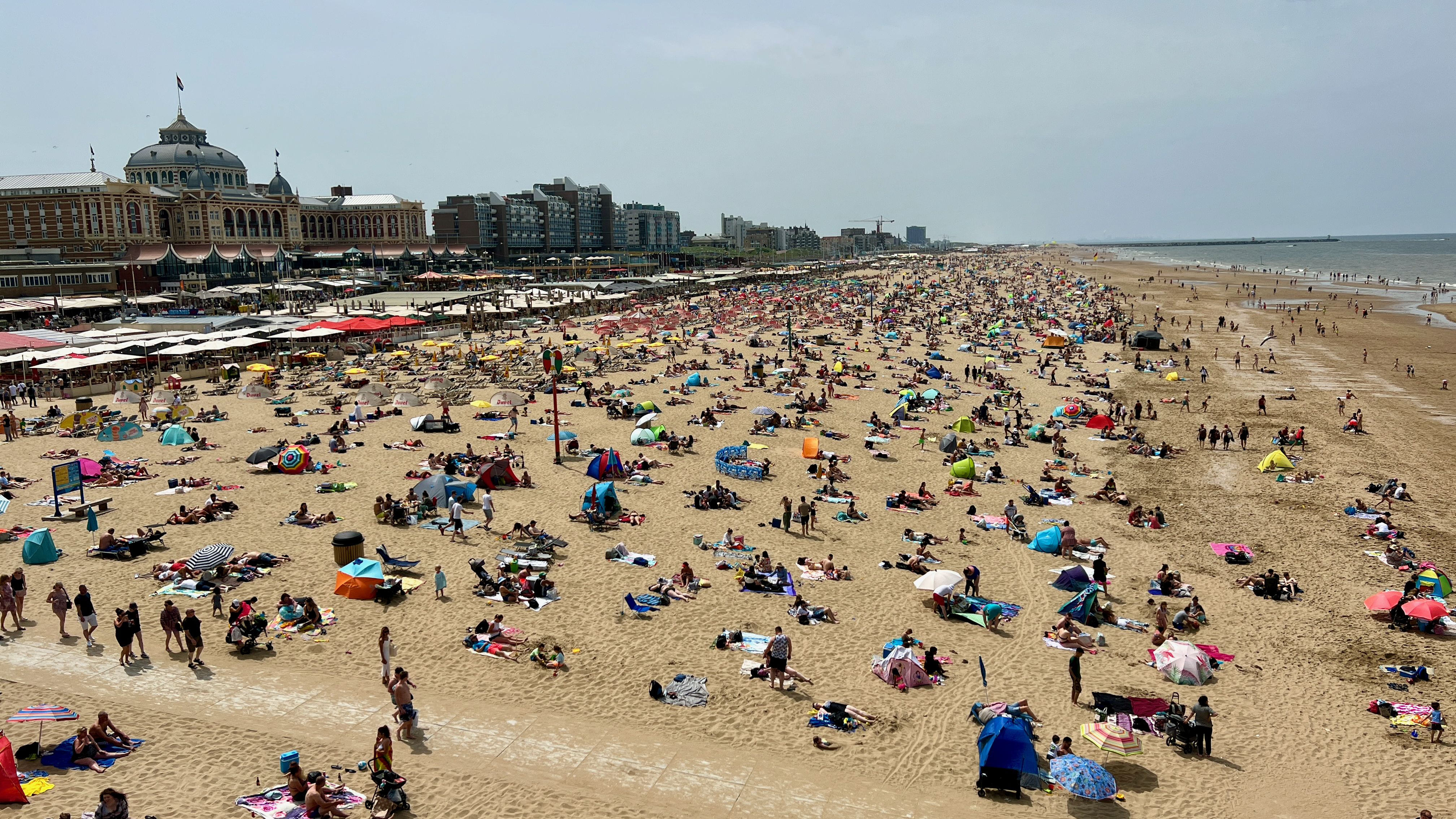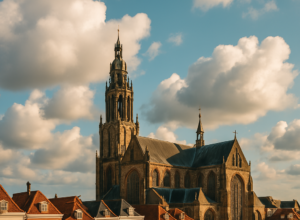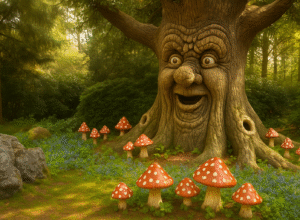I remember the first time I stood in a Dutch tulip field. It wasn’t Keukenhof or any of the big-ticket tourist spots. Just a quiet stretch of land near Lisse, rows upon rows of color unfurling in every direction — crimson, gold, violet, flame. The sheer audacity of it made me laugh out loud. How could something so delicate dominate the land with such confidence?
It’s easy to think of tulips as mere decoration — a springtime spectacle designed to fill Instagram feeds and gift shops. But this flower carries more than beauty. Buried in its bulbs is a story of obsession, collapse, resilience, and renewal. In many ways, the tulip tells us more about the Dutch than any history book ever could.
A Bloom, a Boom, a Bust
Let’s start with the legend.
In the 1630s, the Netherlands was gripped by a craze now known as tulip mania. The tulip had arrived from the Ottoman Empire and quickly became a status symbol among the wealthy. Rare varieties fetched outrageous prices — single bulbs were sold for more than the cost of a house. For a brief, bewildering moment, the entire economy seemed to hinge on a flower.
And then it all collapsed.
The market imploded in 1637. Fortunes were lost overnight. The tulip, once a symbol of infinite value, was suddenly just a flower again.
Historians still debate how widespread the damage really was — some say the panic was exaggerated, a moral tale spun by later generations. But the myth stuck, because it felt true. It became a cautionary fable about greed, speculation, and the dangers of valuing beauty over substance.
From Market Crash to National Treasure
What fascinates me most is what happened after the mania faded.
Instead of abandoning the tulip as a symbol of embarrassment or folly, the Dutch embraced it. They cultivated it — literally and culturally — into something else entirely.
Today, the Netherlands grows over three billion tulip bulbs each year. Tulips are exported to more than 100 countries. Every spring, entire regions erupt in color. Keukenhof welcomes over a million visitors. And even outside the spotlight, small family farms quietly prepare for the bloom like a sacred annual rite.
The tulip became less a commodity and more a ritual. A moment in the Dutch year when the land itself seems to exhale after a long winter.
What Tulips Say About the Dutch
Spend enough time in the Netherlands, and you start to realize that tulips aren’t just floral decor — they’re a mirror.
Resilience is the first thing I see. The flower is fragile, but it returns. No matter how grey the winter, the bloom always comes. There’s something deeply Dutch about that rhythm: enduring, waiting, and then returning with quiet magnificence.
Pragmatism is next. Tulips may be beautiful, but they’re also a business — managed, optimized, exported. There’s nothing accidental about the stunning perfection of those fields. Dutch ingenuity turned marshy land into a floral empire, and they did it with the same calm competence they apply to trains, bicycles, and bureaucracy.
And finally, collective joy. For a few weeks each year, entire communities seem to agree: this is the time to slow down and look. To stand at the edge of a field and feel small in the best way.
Tulips and Tourists: The Fleeting, the Real
I’ve watched people sprint through those fields, pausing only to snap photos before rushing back to their cars. I get it — the bloom is brief, the crowds are thick, and everyone wants a souvenir.
But it makes me wonder what’s being missed.
Tulips don’t last long. They’re not meant to. They bloom fiercely, fade quickly, and ask nothing in return. That’s the whole point. The beauty is in the brevity. It’s a reminder that not everything lasting is valuable, and not everything valuable has to last.
When I walk among them now, I try to let them slow me down. I try to feel something instead of just documenting it. And most of the time, I do.
Why I Keep Returning
Every spring, I find myself pulled back to the tulips — not for the spectacle, but for the stillness.
There’s a quiet kind of healing that happens in those fields. It’s not dramatic. It doesn’t post well. But it’s real. After the long hush of Dutch winter, the tulips arrive not just to decorate the land, but to wake it up — and maybe, to wake me up a little too.
And that, I think, is what they really say about the Dutch: not that they’re obsessed with beauty, but that they understand its place. That even something as fragile as a flower can carry history, resilience, and the promise of spring.
Even if it only lasts a moment.








